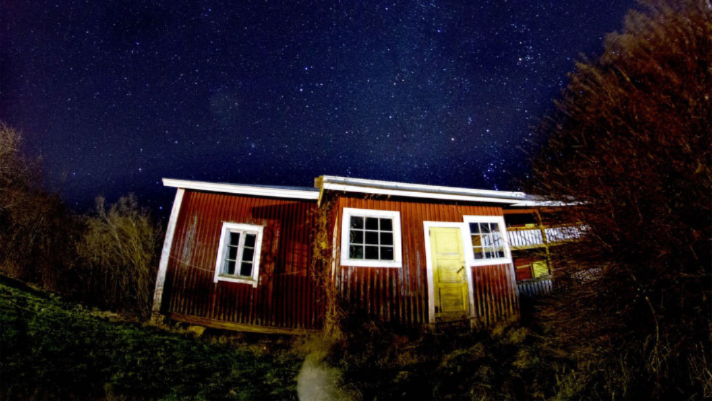It is estimated that about 20,000 people die every year in the U.S. due to radon-related lung cancer. According to the surgeon general, radon is the second leading cause of lung cancer in America.
Radon is a colorless, odorless, radioactive gas that’s produced when elements such as uranium, radium, and thorium breakdown in soil and rocks. According to the American Cancer Society, radon is present in almost all soils. The gas is also present in the air you breathe, albeit at low levels considered harmless by scientists. However, if the gas accumulates in your house, exposure for extended periods increases your risk of lung cancer. Radon can find its way into your home from the soil beneath as it can seep through pores found in concrete and gaps in walls.
The Environmental Protection Agency (EPA) notes that the gas can find its way into your house regardless of its condition. The critical factor is how each specific building interacts with the soils around. This is why results from radon testing may indicate that one house is radon free, whereas another neighboring house has high levels. As such, the only way to know the levels of radon in your home is to call a reputable radon testing company, which can also assist you with radon mitigation.
In case the radon test results indicate high levels of the gas in your house, there are a variety of radon mitigation systems that can be used to bring the levels down to 2pCi/L or less, which is considered safe. In addition to reducing your family’s risk of cancer, radon mitigation also has other benefits for both you and the environment. For example…
Reduces the Levels of Humidity in Your Home
Indoor air quality greatly affects the health and comfort levels of your family. When humidity levels in your house rise beyond normal levels, the air quality deteriorates. As a result, you may experience:
- Sleep interruptions
- Fatigue
- Respiratory problems
- Allergic reactions and asthma attacks
When using a fan-based radon mitigation system, the air from the soil beneath your house is filtered. In the process, the system removes up to half a gallon of water every hour. This ensures that humidity levels do not rise beyond safe levels.
Environmental Impact
High levels of humidity can make you feel even hotter, especially during summer. It also affects the effectiveness of your air conditioning system, making it difficult for them to maintain optimum indoor temperature. As a result, the AC has to work harder and thus use more energy to keep your family comfortable.
Since radon mitigation systems reduce the levels of humidity in your home, your air conditioning system will use less energy and will not need to be kept running continuously. This then translates to lower carbon emissions, which is good for the environment.
Increases the Value of Your Home
Due to the increased awareness of the threats posed by radon, savvy homeowners now request for radon testing before buying a property. This can eat into your potential profits if they find high levels of the same. However, installing a radon mitigation system not only eases any worries buyers may have but also increase the value of your property.
It also saves you the time taken to negotiate on who foots the bill for installing a radon gas removal system when then the house is on sale.
If you are building a house, incorporating a radon mitigation system in the design of the house reduces the cost of installing the system. This is because less material will be required. Installing the system during construction also allows contractors to hide interior piping with chases and closets easily. As a result, the system blends into the house thus preserving its aesthetic value.
Are Radon Mitigation Systems Worth It?
Cancer is the second leading cause of death in the U.S., despite billions of dollars being spent on treatment annually. Therefore, it is important to take every precaution against cancers. When you want to perform radon mitigation in your home, rely on the experience of Affordable Radon Colorado today.


Recent Comments